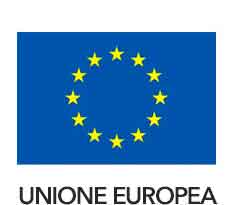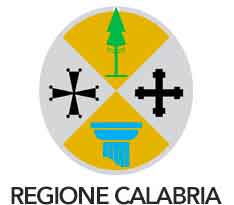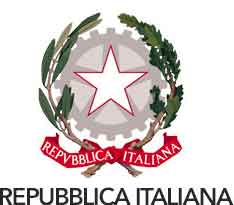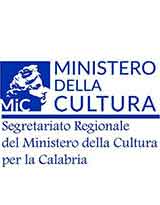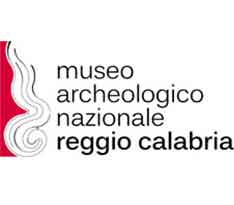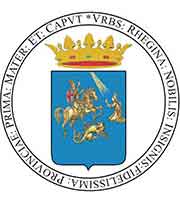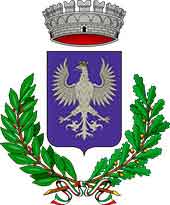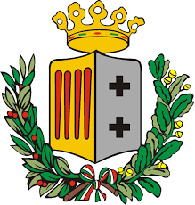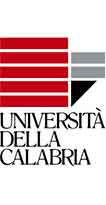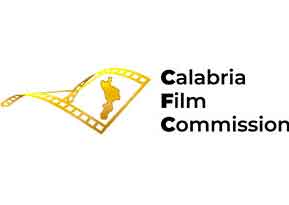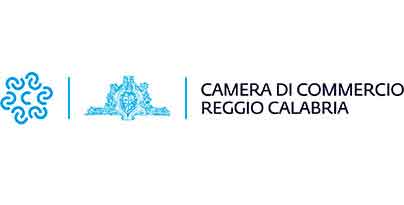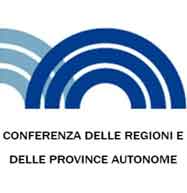Between the 8th and 5th centuries B.C., the coast of Calabria became a much coveted and beloved place for the Greek people. The archaeological sites that have come down to us document and prove the importance of this land for them as a hub and settlement. When visiting Calabria, all these areas, including historical sites of great charm and fascination, can be visited.
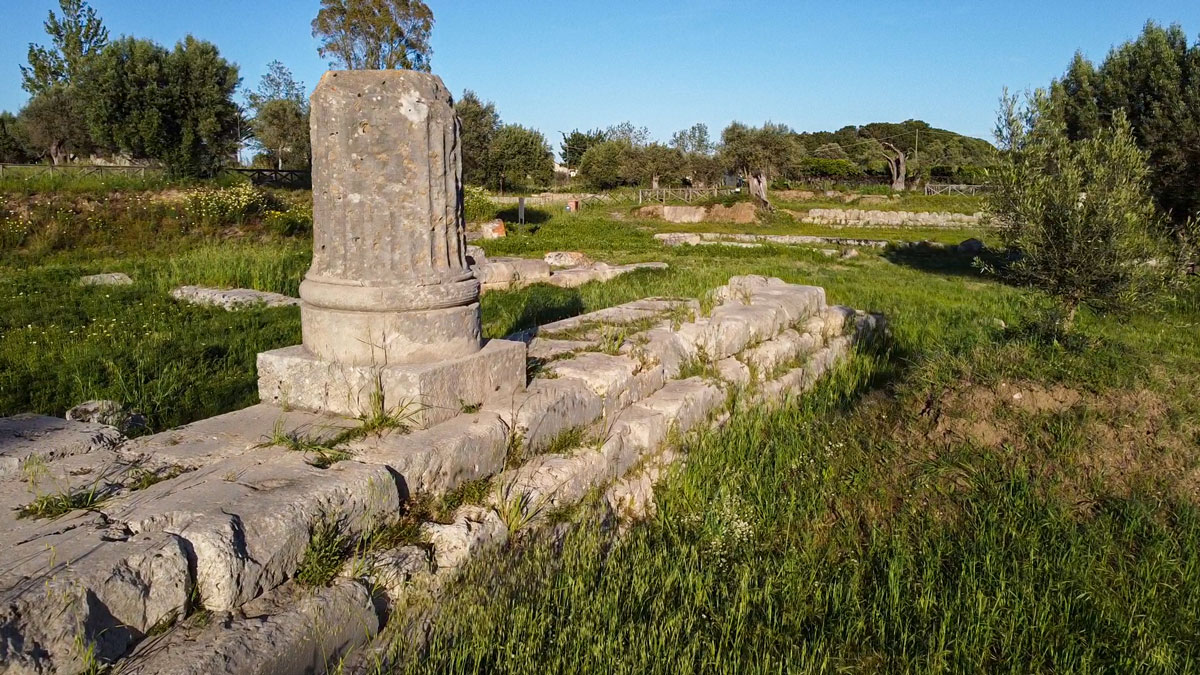
Five archaeological parks not to be missed:
Capocolonna Archaeological Park
This park stretches over 30 hectares of archaeological excavations and another 20 hectares of woodland and Mediterranean scrub. Here stood the great Heraion Lakinion, one of the most important sacred areas in Magna Graecia, centred on the temple dedicated to the goddess Hera Lacinia. Built in Doric style in the 5th century BC, it featured a rectangular plan of 6×19 columns. Today, only one column remains of the temple. The first excavations in the area of the sanctuary were carried out between December 1887 and January 1888, but the most important discoveries date back to the late 1880s, when the Via Sacra and the sanctuary buildings were brought back to light.
Locri Epizephyrii Archaeological Park
The history of Locri Epizephyrii is thousands of years old. It begins between the 8th and 7th centuries BC, with the arrival of some settlers from Locris – a poor region in ancient Greece – who settled on the coast of southern Calabria. ‘The front of Italy, called Magna Graecia, begins in Locri’ wrote Pliny the Elder, in Naturalis Historia III 95. The archaeological site covers the ancient city proper with the remains of its temples, the theatre, the Walls, and Centocamere, the craftsmen’s quarter. The statue of the Togato di Petrara is one of the many finds on display in the National Archaeological Museum of Locri Epizephyrii. Conversely, most Pinakes as well as the acroterion with Dioscuri or the Tables from the archives of the Sanctuary of Zeus Olympus are kept at the National Museum of Reggio Calabria.
Scolacium Archaeological Park
The ancient city of Scolacium stood on the Ionian coast of present-day Calabria, guarding the Gulf of Squillace. The area of Scolacium Archaeological Park belonged to the families of the barons Mazza and before them to the Massara family of Borgia, who used to produce olive oil here. The park stretches over 35 hectares, on a low hill about 200 metres from the sea. Originally it was the ancient Greek colony of Skylletion, later followed by the Roman Minerva Scolacium and then by a medieval Norman settlement. The tour begins with the imposing abbey church built by the Normans between the 11th and 12th centuries, an awesome construction that combines different Romanesque, Byzantine, and Arabic architectural styles. Along the tour, you will then come across the forum, the theatre, the amphitheatre, the necropolis, and also the Archaeological Museum with exhibits of finds dating back from the 6th century B.C. and the 6th century A.D.
Sybaris Archaeological Park
Sybaris archaeological Park is located in Cassano all’Ionio, in the province of Cosenza. In its heyday during the Iron Age it was an important trading centre. This park features several areas: the National Archaeological Museum of the Sibaritide and that of Amendolara, the archaeological area of the Parco del Cavallo and of the Casa Bianca. The Museum of the Sibaritide is located just outside the vast archaeological area of Sibari-Thurii-Copia. Here the finds are collected from excavations conducted in the most significant sites of Sibaritide. The National Archaeological Museum of Amendolara is located about 30 km north-east of the archaeological area proper and the Museum of the Sibaritide. Here visitors can see the finds that the local scholar Vincenzo Laviola donated to the Italian State. The archaeological area of the Parco del Cavallo features a rich and stratified route where you can visit the Hemicycle-Theatre, the Baths, a rich domus, the North Gate and a section of the city walls. Finally, the site of the Casa Bianca, in the easternmost part of the Greek (Thurii) and Roman (Copia) city, features the remains of the sanctuary of Roman Copia, dedicated to oriental deities, and some monumental tombs.
Casignana Archaeological Park
Villa di Casignana discovered in 1963 testifies to the architectural and artistic style typical of the Hellenistic age. Most probably built in the 1st century A.D., it allegedly belonged to a patrician family working in the wine business, judging from the many fragments of Roman amphorae that were found here and from some depictions in the floor mosaics. The thermal bath next to the Villa is also richly decorated with white and green mosaics. The rich architecture of Villa di Casignana is quite evident in its rectangular plan and in the use of marble inlays, coming from far away regions of the Roman Empire, in Asia and Africa.


